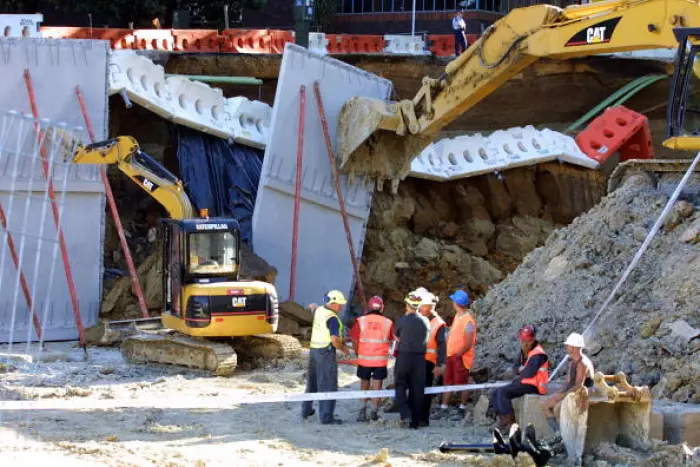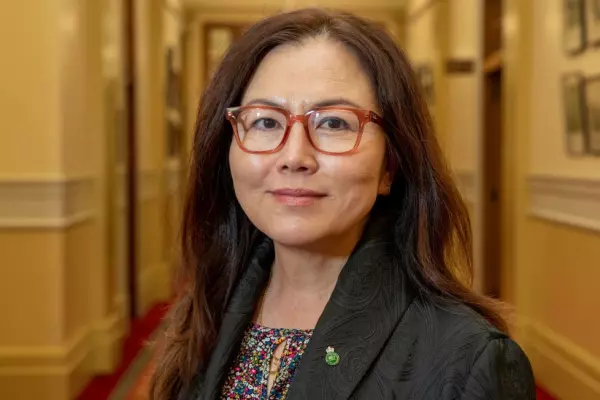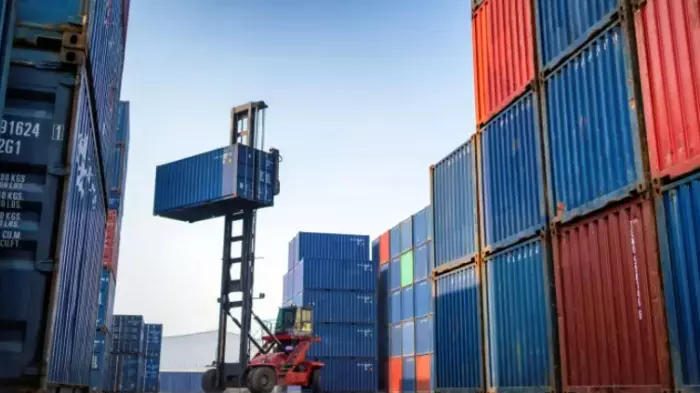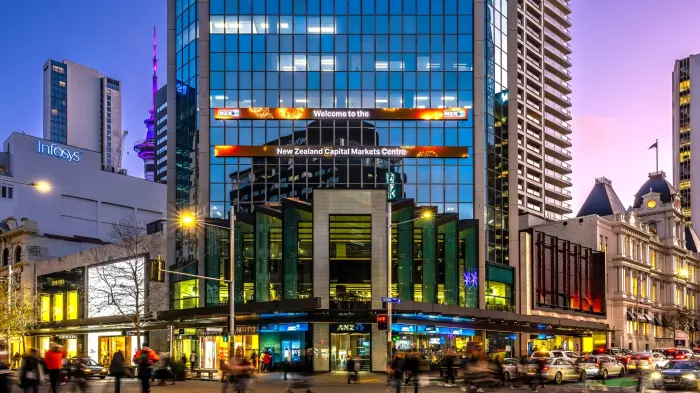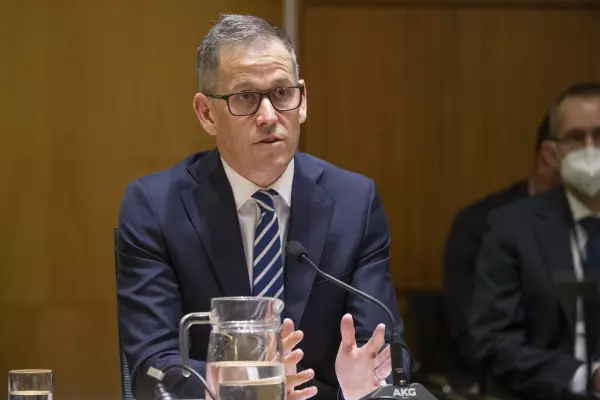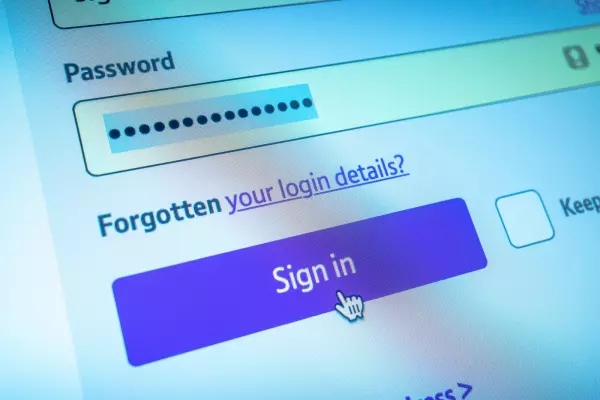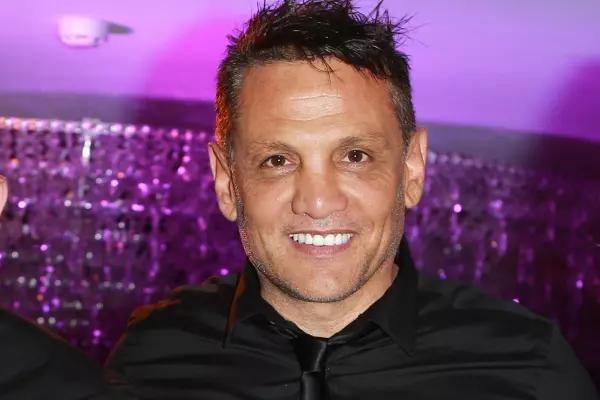After some improvements, progress on improving New Zealand’s poor health and safety performance has not only stalled, but we risk going backwards.
In fact, the country has a long way to go to achieve the Independent Taskforce on Workplace Health and Safety’s 2013 vision “that within 10 years NZ will be among the best places in the world for people to go to work each day and come home safe and sound. We believe that this is absolutely possible, but it will require an urgent, broad-based step-change in approach and a seismic shift in attitude."
Attitudes have shifted.
Many employers are leading the way in terms of identifying and managing the risks in their workplaces, and, importantly, working with their employees to do so.
However, the change has not delivered results in harm reduction.
Fewer than 20 percent of businesses manage health and safety based on shared responsibility with two-way employer-worker dialogue, a desire to care for the wellbeing and safety of others.
Compliance vs care
Rather, many businesses still approach health and safety as an obligation - a way of keeping WorkSafe out of their workplaces – the compliance focus.
The traditional health and safety approach is not how New Zealanders addressed a rising pandemic threat and ‘ticking the boxes’ will not make any workplace safer.
While there have been gains, the number of people harmed at work remains unacceptably high.
We need to change the conversations from health and safety to how work is done.
We’re proud of the work we’ve done, but I accept that WorkSafe can also do our job better and we need to change along with everyone else.
Our job must be to influence how work gets done in NZ.
WorkSafe is increasingly stepping up and into leadership roles.
We are engaging across the health and safety system, from workers to directors, and especially with health and safety representatives who show leadership every day in their workplaces.
We are establishing a Partnership Council, providing resources to work with Maori communities, and consolidating our relationship with our Pacific People’s Advisory Council.
These relationships will help us, together, drive change.
We’re making changes internally to help us focus our work more effectively, using the information and intelligence available to us.
For example, we now know that vehicles are the most common cause of fatal work-related accidents in New Zealand.
We’ve focused on practical changes, such as improving quad-bike safety, with a four-fold increase in the use of crush-protection devices on quad bikes.
Now, we are working with business and unions to develop good practice guidelines for managing traffic on worksites.
Accountable employers
Holding employers to account remains core to our work – because no-one else can do this.
Investigations and enforcement activity will always be a big part of our regulatory role.
We recognise there is room for improvement in how we do that.
That is why we proactively commissioned an independent expert review of our investigations function, to help us improve.
That report has confirmed the direction we were taking, and made further valuable suggestions, all of which we are implementing.
We have invested an additional $5 million in our frontline services, including investigations.
However, investigations and enforcement alone, important as they are, will not fix everything.
Businesses, workers and the regulator must continue to focus on changing how work is planned and carried out to avoid incidents or near misses in the first place.
Committed, active leadership across the health and safety system is critical if we are to make the changes that will keep workers away from harm.
If we did it for covid...
The threat of covid-19 proved to be a strong motivator for change.
Employers, essential workers and everyday Kiwis changed the way they did work, from more frequent handwashing to social distancing, reorganising work patterns and environments to keep people safe.
Importantly, there were a lot of conversations with workers about how our work needed to change.
At WorkSafe, we have to find ways to change the mind-sets of individuals, so that we bring mainstream health and safety into the day-to-day running of organisations.
This includes innovating in how we do things, focusing on and learning from what goes right, thinking about how everyone can work together to find better ways of doing work.
But WorkSafe alone cannot drive the change that NZ needs to make work better – to create value for NZ while staying healthy and safe.
That is going to take the same team of 5 million approach that New Zealanders proved is possible in our national response to covid-19.
So while we at WorkSafe will continue to focus on improving how we do our job, we will also keep asking all New Zealanders to think about how they need to change the way work is done so that business and workers can thrive as we respond to the pandemic and rebuild.
Phil Parkes is chief executive of WorkSafe.


